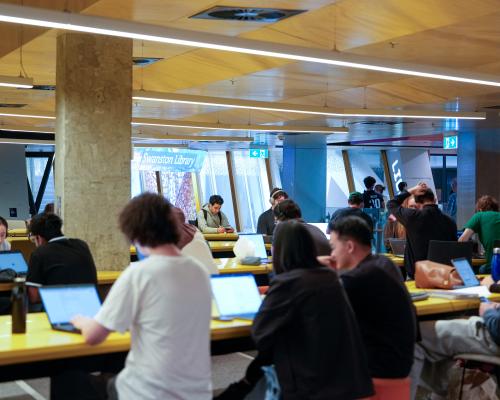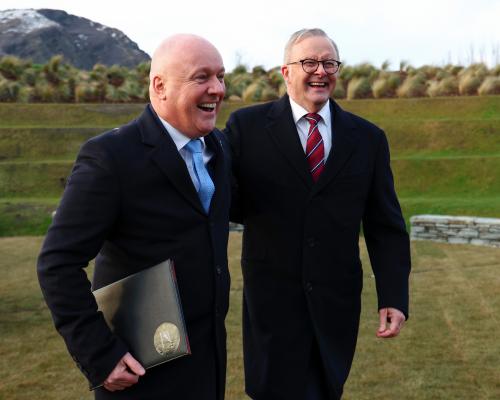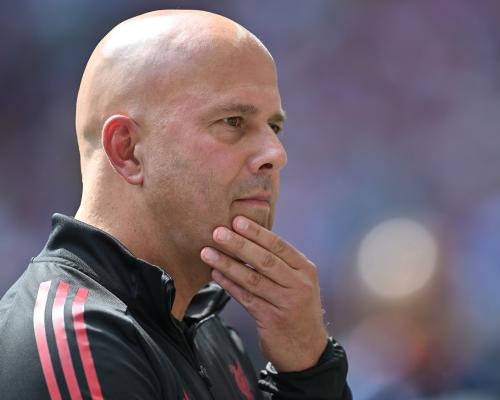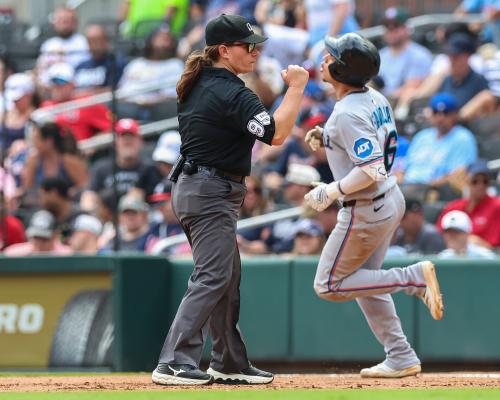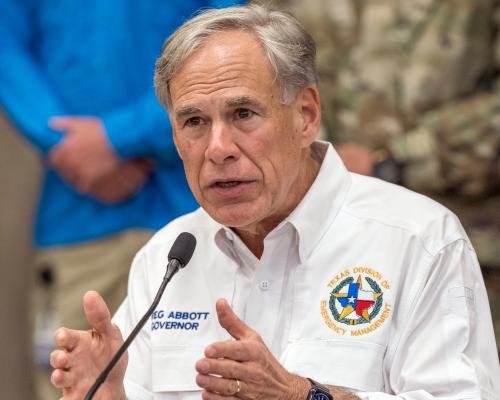
Australians are spending more but buying less than in 2022, underlining the intense cost-of-living pressures on households ahead of Tuesday’s Reserve Bank of Australia interest rate decision.
Economists and financial markets are once again convinced that the RBA board will drop the official cash rate from 3.85% to 3.6%, after the central bank stared down a similarly strong consensus and held rates at its previous meeting six weeks ago.
Not all members of the rate-setting board were convinced of that decision at the time. Three of the nine voted in favour of a cut.
The majority, however, did not see the need to rush rate cuts and wanted to see confirmation that inflation was tracking as expected through the three months to June.
That confirmation duly came, with the latest quarterly consumer price report showing inflation sinking to as low as 2.1% – at the bottom of the bank’s 2% to 3% target range – while the RBA officials’ preferred underlying measure of price growth also fell, to 2.7%.
Sign up: AU Breaking News email
Andrew Hauser, the deputy governor, has since described the inflation figures as “very welcome”.
Given these developments, the chief economist of Deutsche Bank, Phil O’Donaghoe, said he expected the monetary policy board’s decision on Tuesday would be a unanimous vote in favour of a cut.
If the RBA does cut rates for the third time this year, then homeowners with a variable mortgage should not be paying interest of more than 5.5%, said Sally Tindall, the data insights director at Canstar, an online comparison site.
“In fact, if the majority of banks pass the cut on in full, which they should absolutely do, then there should be over 30 lenders offering at least one variable rate under 5.25%, while CBA and Westpac’s lowest rates could hit 5.34%,” Tindall said.
Total household consumption is 22% higher than three years earlier, based on Australian Bureau of Statistics figures. But prices have climbed by roughly the same amount over that period, even as the population has swelled, and both have added to the total dollars being spent in the economy.
After adjusting for inflation and putting it in per person terms, Australians on average are actually buying 5% less now than they were in early 2022, according to Challenger’s chief economist, Jonathan Kearns.
“No wonder the government is thinking about how to boost economic growth with its productivity summit in a couple of weeks,” Kearns said.
There are worries that the scars of the pandemic have left many households more keen to save than spend, although data for the month of June showed shoppers were happy to take advantage of end-of-financial-year bargains.

